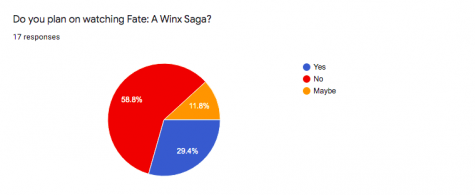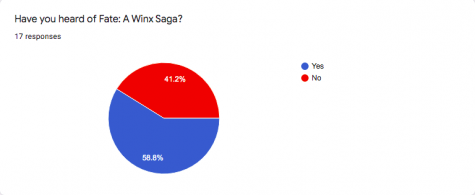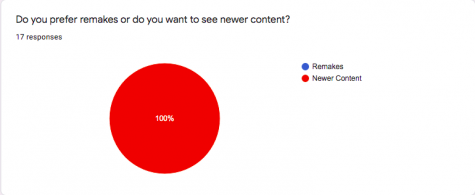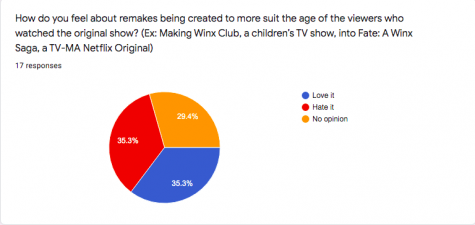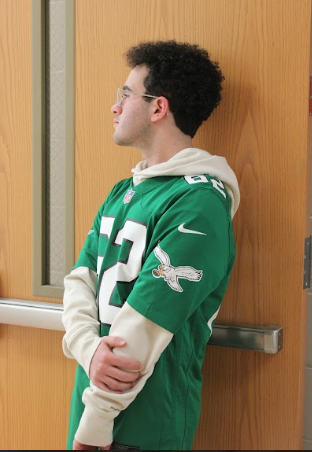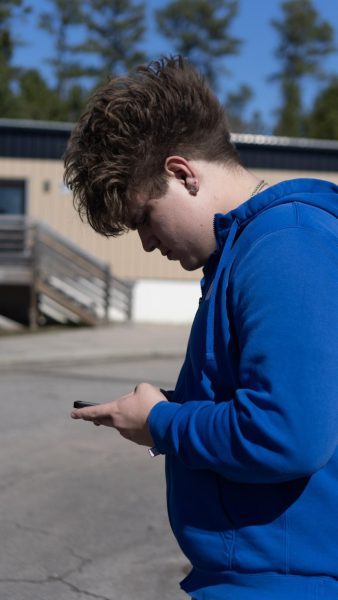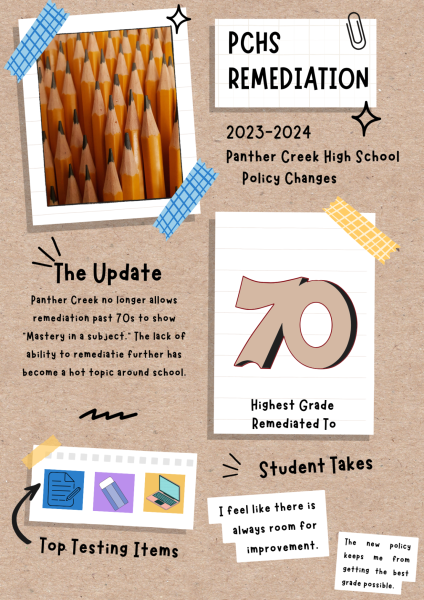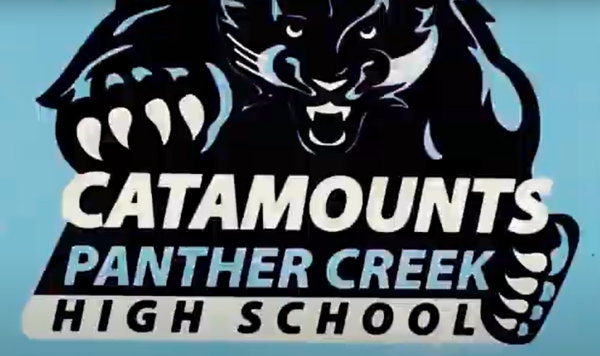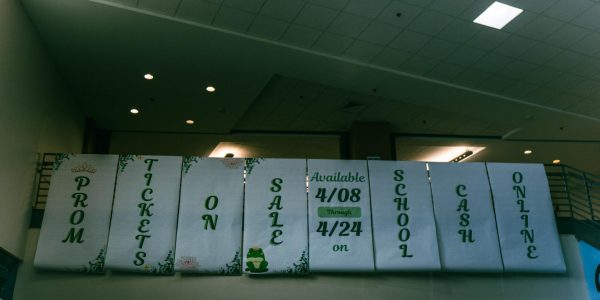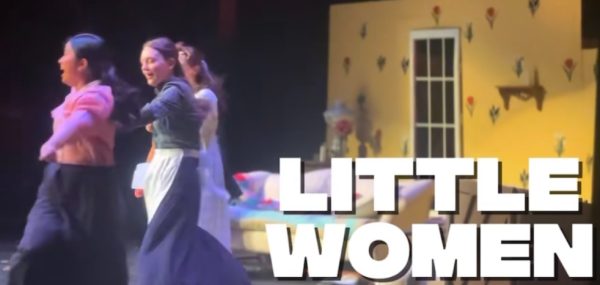PCNN Staff Watched the New Winx Club Series so You Don’t Have to
When Netflix announced that Winx Club would have a live-action adaptation, “Fate: The Winx Saga,” teens who had grown up with the original Nickelodeon series were excited to see their favorite childhood series as a Netflix show. The original series told the story of teen fairies dealing with real-world problems of growing up, dealing with emotions, solving problems, and working through friendships while also battling witches and magical creatures.
The costume possibilities were endless as the original show featured glamorous, bright, and bold outfits layered with glitter and fitted to match their colorful wings. Then, Netflix released the first promo pic of their live-action Winx girls. Disappointment instantly followed. The outfits were, to put it nicely, lame. They are cute and lovely outfits, but not for the Winx girls! It was disappointing to see how washed out and dulled down the girls’ look compared to what they could have worn. The costume department had such fun outfits to build off from the cartoon series, yet none of that energy came through. The costume design was the first sign that this show was being made incredibly wrong.
“Fate: The Winx Saga” experienced backlash before the show even began, many people calling out the show for “Whitewashing.” Whitewashing refers to an issue in the entertainment industry where ethnic characters appear significantly less ethnic or the ethnic characters completely replaced with non-ethnic actors. The character Musa, based on Chinese-American actress Lucy Liu, is currently being played by white actress Elisha Applebaum. Applebaum is reportedly, but unable to be confirmed, part Singaporean, but mostly of European origin. Elisha Applebaum is what some refer to as “white-passing.” This is not to say she can not claim her possible Singaporean heritage, but whitewashing is often referred to as a way of having “digestible” ethnic characters. Having a white-passing actress playing an ethnic character washes away the possibility of representing a minority group that is already underrepresented in television. Not only was this upsetting to the Asian community who felt represented by Musa when they were children, but the Latino community was also upset to see that the Latina character, Flora, was not even in the show. Puerto Rican-American, dancer, singer, and actress Jennifer Lopez was the inspiration for Flora. Flora was replaced with a different character stated to be her cousin, portrayed by British actress Eliot Salt.
The show was off to a rough start, with disappointment and controversy already under its belt. It was time to watch the show.
The dialogue, if not just as bad, is worse, than Riverdale. There are cheesy lines about “misogyny” and “mansplaining” around every corner. Now don’t get me wrong, these things are important; however, the commentary feels so incredibly forced that it was hard not to cringe. It allows for eye-rolling at how writers could possibly think that teens speak like that. The dialogue truly felt like someone was just trying to meet a word count.
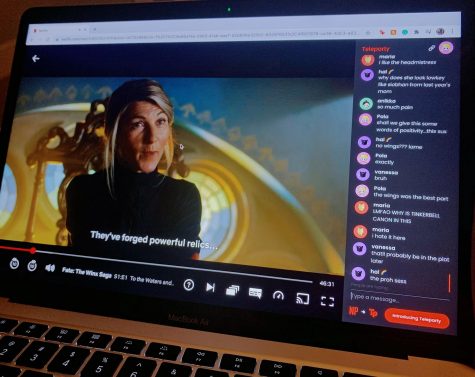
The PCNN staff that participated in our Teleparty screening of the show was stumped by who exactly the age group was supposed to be, because it definitely wasn’t us. The storyline was cheesy and predictable, the dialogue was unappealing, everything about the show screamed “Middle schoolers!” Yet, it had adult themes that middle schoolers should not be seeing. There were many overly dramatized scenes of partying, drinking, smoking, weed brownies, and sexual relationships. These kinds of scenes, mixed with how childish the show is, just doesn’t make any sense. It’s too young for the MA audience but too old for younger kids. A great example of this done correctly is the show” Julie and the Phantoms.” “Julie and the Phantoms” is a Netflix Original geared towards a younger audience with a PG rating and yet deals with topics such as death and dealing with loss. What makes “Julie and the Phantoms” (JATP) different than “Fate: The Winx Saga” is that going into it, I knew the audience for JATP was younger. When I watched the show, and there were cheesy moments, I could just laugh and smile because the jokes weren’t meant for me, but I could appreciate that a younger audience could enjoy them. “Fate: The Winx Saga” was supposed to be people within my age group, but instead, I found myself hating it.
A majority of our annoyance with the show was centered around all of our mutual hatred at how the writers attempt at appealing to teens was including sexual scenes and smoking. It makes teens feel like this is how adults see them.
There was also a whole issue with queerbaiting. Queerbaiting refers to when shows hint at LGBTQ representation but either misrepresent it or only allude to a same-sex relationship. This show queerbaited using Dane, Riven, and Beatrix, not outright stating any of the characters are LGBTQ or giving them proper relationships but instead using them as pawns. Additionally, an issue was making Dane ambiguously bisexual. Bisexuals are people with a romantic attraction to two genders. The way Winx depicted Dane was being attracted to both Beatrix and Riven at the same time. This is a frustrating misconception often depicted in t.v shows that bisexuals do not appreciate as it feeds into the stereotype that bisexuals are cheaters.

“Where’s the girl power?!” Editor, Anikka Pil, shouted, looking angry in her spinning chair. “Yeah, that’s what the show was originally about,” added reporter Pola Nowak.
We decided to have a discussion at the halfway point of the season. The seven of us were answering discussion questions to dive deeper into the show when the question was posed, “What is your least favorite thing about the show?”
Anikka Pil, who grew up watching the show, clearly voiced the show’s worst issue.
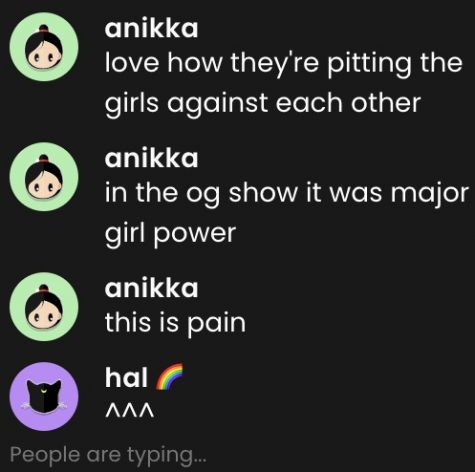
“[Winx Club] Did have a lot of elements that were really good for kids, a lot towards friendship and acceptance towards a lot of different people, because these characters did not get along at first… some of them not at all! But then they became good friends throughout the show. Throughout the series, they had themes of relationships… I don’t understand why they [Fate: The Wing Saga writers] had to age it up more than what they actually already had. I feel like they already had all the good adult parts mixed into the kid parts that appealed to the children… but they had to throw in the drugs and the alcohol and stupid chosen one subplot! They threw away all of what made the actual original show great, and they also pin all the girls against each other! They all hate each other… they don’t hate each other in the show… but they are resistant and are like, “I don’t like you for this reason, for this side of your personality!” It makes me want to roll my eyes ‘cause in the original, they were all close as a group and like “Girl power!” but I feel like it just lost everything The Winx Club stood for… it’s like its own show. They honestly botched every relationship that I’ve seen, and it just hurts… it just hurts my brain.”
I do not understand how Netflix already renewed it while canceling shows such as “The Society” and “I Am Not Okay With This” as well as not saying whether or not “Julie and the Phantoms” will be renewed despite its large fanbase.
I did not have high expectations for this show, and yet I walked away from it disliking it even more than I could have imagined. Overall I give it a ⅕ star rating and do not recommend watching it.


